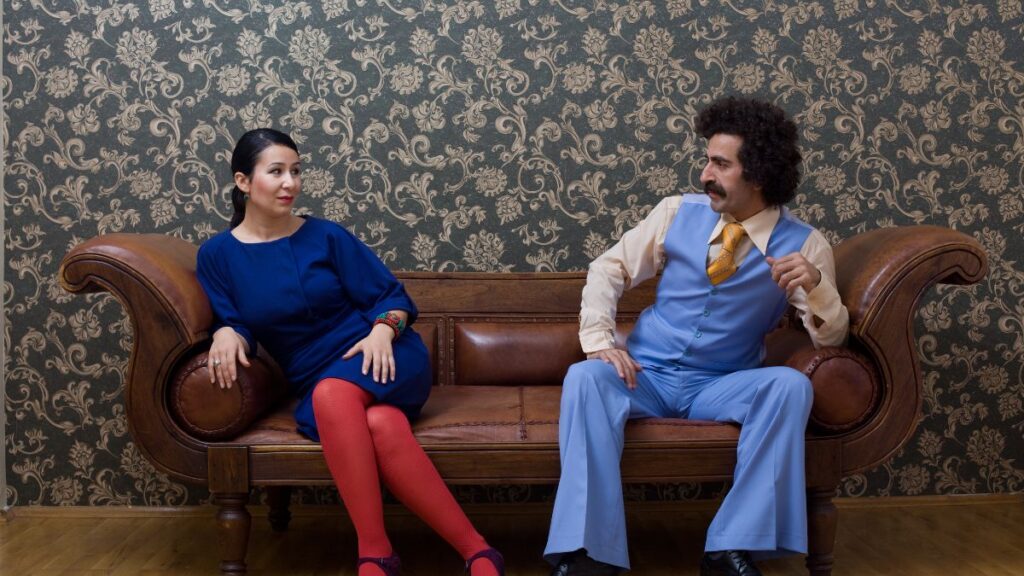In the kaleidoscope of the 1970s, cinema found itself at a crossroads, where the echoes of traditional love stories met the thunderous arrival of a new era. It was a decade marked by a seismic shift in the portrayal of romance, an era that dared to redefine love on the silver screen.
As the first rays of the 1970s dawned, they illuminated a world in flux. Gone were the days of the chaste, star-crossed lovers of the 1950s and 1960s. In their place, a new generation of filmmakers, armed with bold ideas and unshackled by the strictures of the past, burst onto the scene. They brought with them a vision of romance that was as varied and vibrant as the decade itself.
The 1970s, a canvas of cultural and social revolution, reflected a world grappling with profound changes. Cinema, the mirror of society, captured this tumult in its portrayal of love and relationships. Love was no longer just a tale of boy meets girl; it was now a complex tapestry woven with threads of realism, sensuality, and a raw honesty that had seldom been seen before.
Films like “Love Story” (1970) exemplified this new dawn. It wasn’t just a film; it was a cultural phenomenon. With its tagline “Love means never having to say you’re sorry,” it struck a chord with audiences worldwide. The story of Oliver and Jenny wasn’t just about love; it was about life, loss, and the unvarnished truth of human relationships.
Then came “Annie Hall” (1977), Woody Allen’s masterpiece that deconstructed the romantic comedy. It was a film that didn’t just tell a love story; it turned the love story inside out. With its non-linear narrative and breaking of the fourth wall, “Annie Hall” wasn’t just about the romance between Alvy and Annie; it was a meditation on the complexities of modern relationships.
The 1970s also saw the exploration of themes that had been taboo. “Last Tango in Paris” (1972), directed by Bernardo Bertolucci, was a cinematic tour de force that challenged the very boundaries of on-screen romance. It was raw, intense, and controversial, delving into themes of sexual and emotional exploration in a way that had never been done before.
Moreover, the decade marked a significant shift in the portrayal of women in romantic narratives. No longer just the object of affection or the damsel in distress, female characters were now complex, independent, and often the driving force of the narrative. Films like “Klute” (1971) and “The Way We Were” (1973) featured strong female leads who were unafraid to express their desires and confront societal norms.
In parallel, the romance genre began to diversify and reflect a broader spectrum of love stories, including those of LGBTQ+ relationships. Movies like “A Very Natural Thing” (1974) and “Word Is Out: Stories of Some of Our Lives” (1977) were groundbreaking in their portrayal of same-sex relationships, bringing visibility and empathy to a topic that had long been marginalized.
As the 1970s came to a close, it left behind a legacy in cinematic romance that was as enduring as it was revolutionary. The decade reshaped the love story, infusing it with a new depth, honesty, and complexity. In doing so, it didn’t just change how love was portrayed on screen; it reflected how love was understood and experienced in the real world. The 1970s, thus, stand as a testament to the enduring power of cinema to reflect, challenge, and transform the human experience of love.
